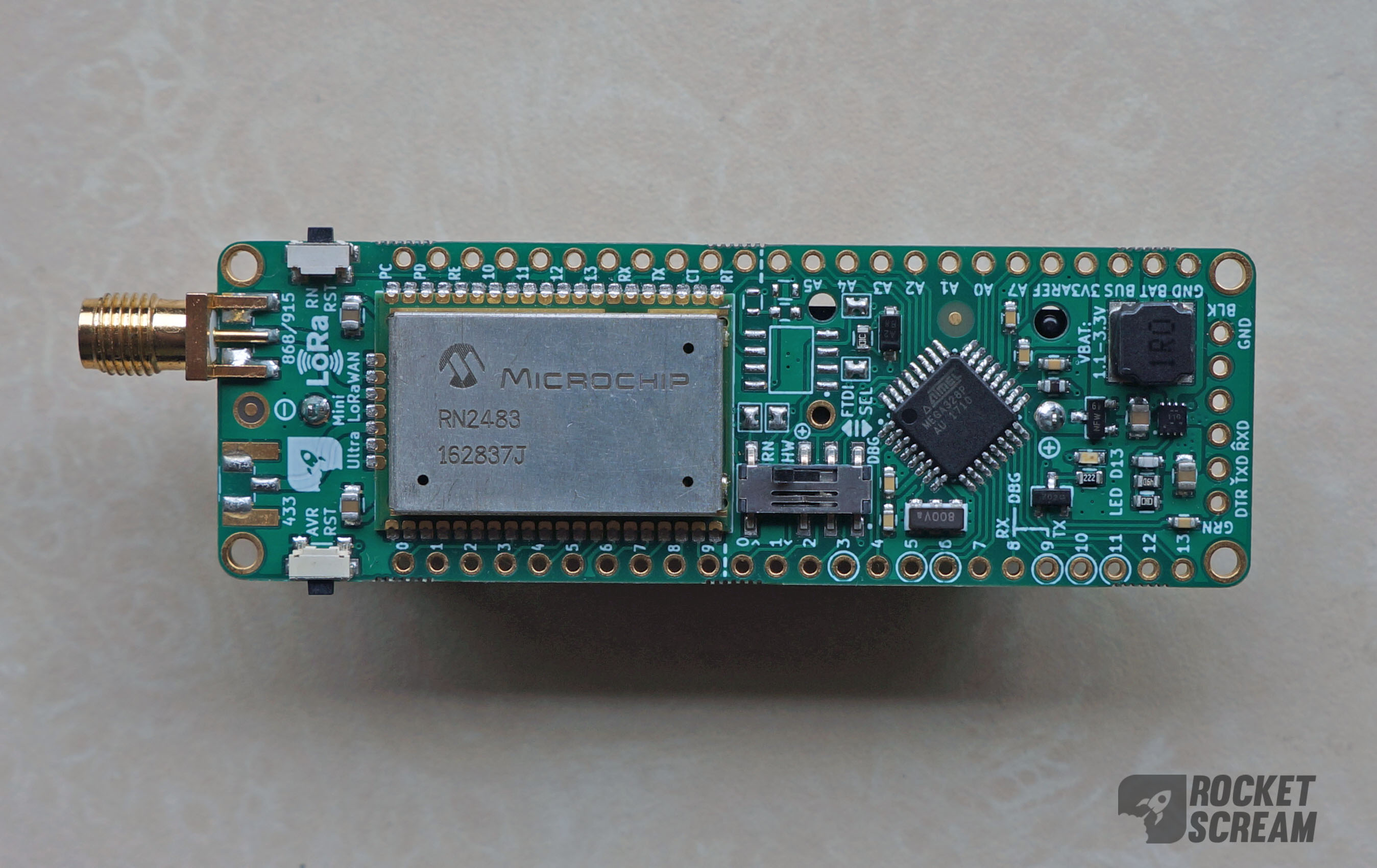Yes its running on a fresh AA duracell battery
OTAA and I haven’t seen any ADR activity (I can reach 2 or 3 GW on SF7)
basically Its a 328P+ BME280 with a RN2483, and this one is responsible for waking up the 328p.
sleep = 50 uA and Tx = 20 mA @ SF7BW125 and test payload = CayenneLPP 28 bytes
planning is / was to let it run until it dies… but we have had a little problem, started this afternoon with Cayenne updates, luckely Cayenne (and TTN) support is very active and looking into it @ this moment.
problem fixed 
